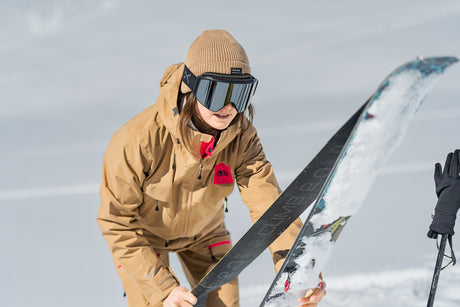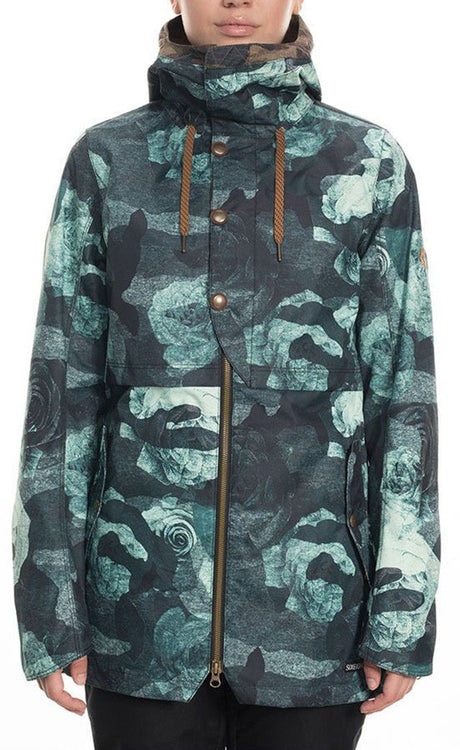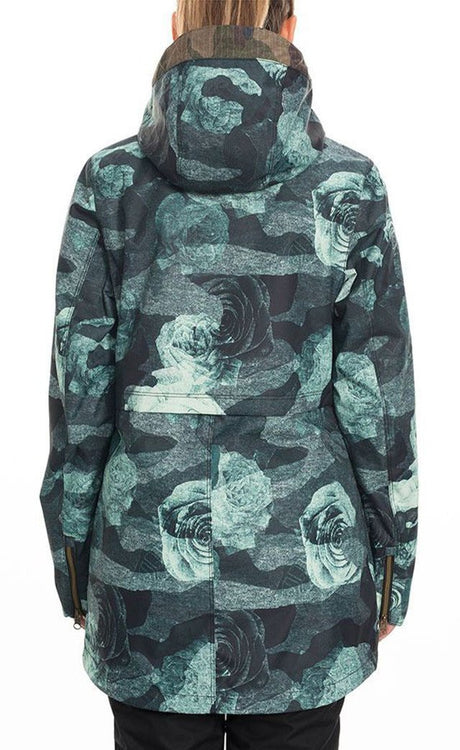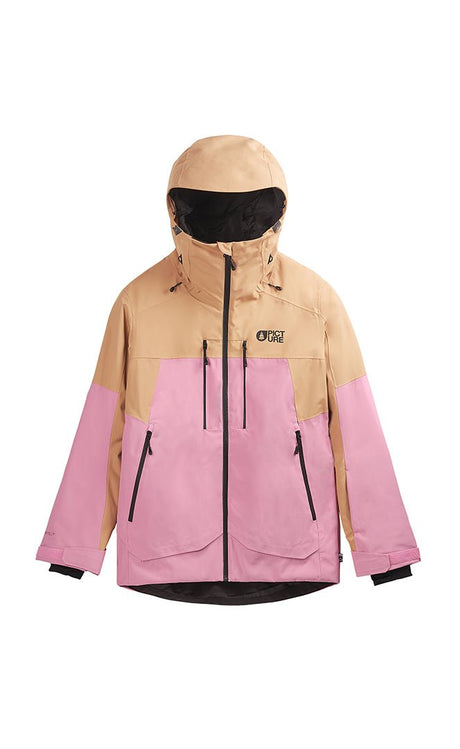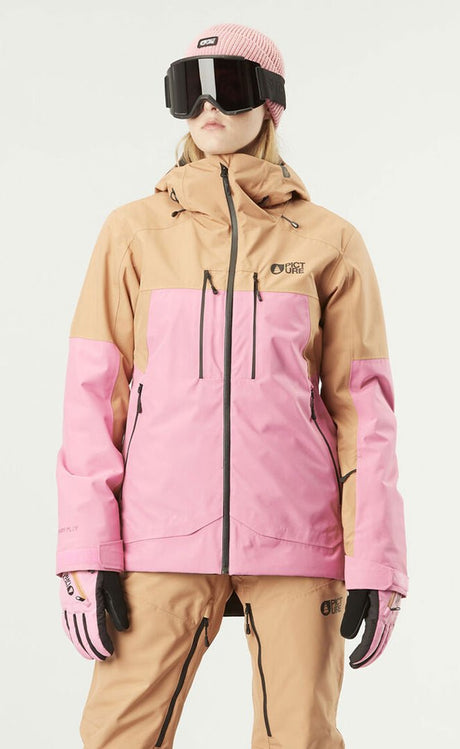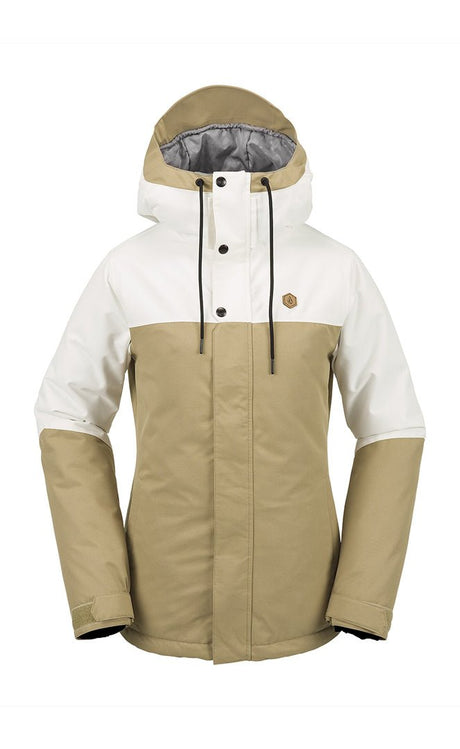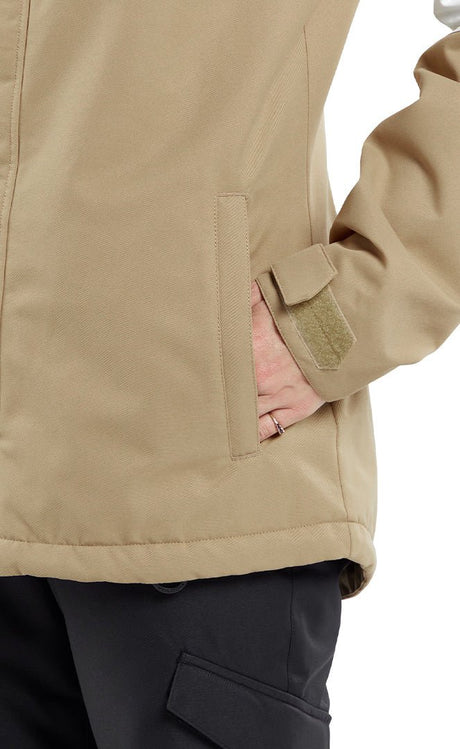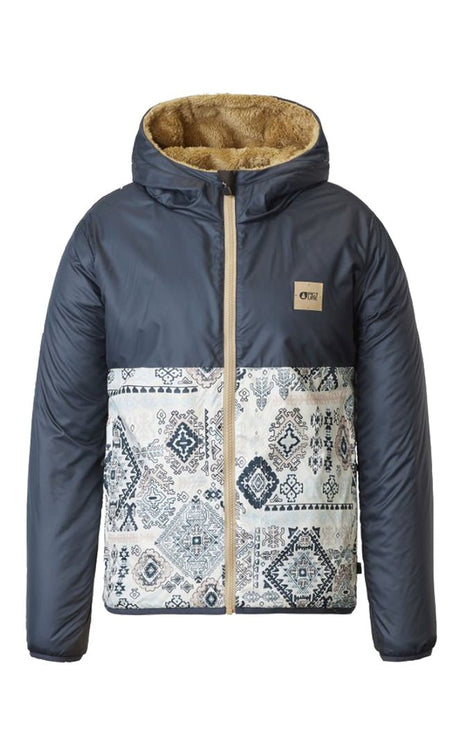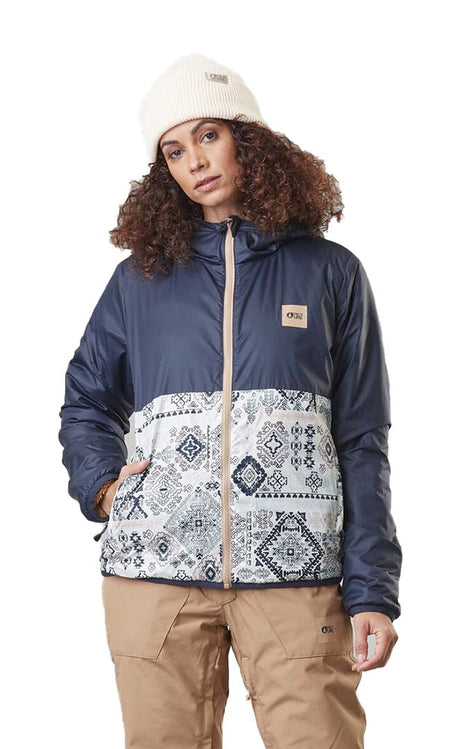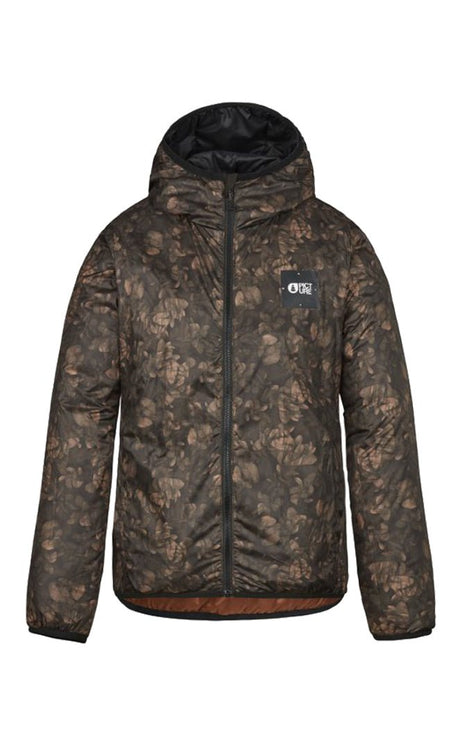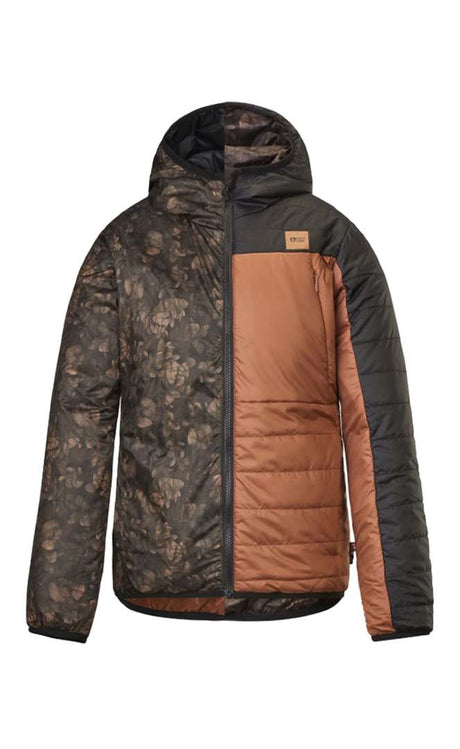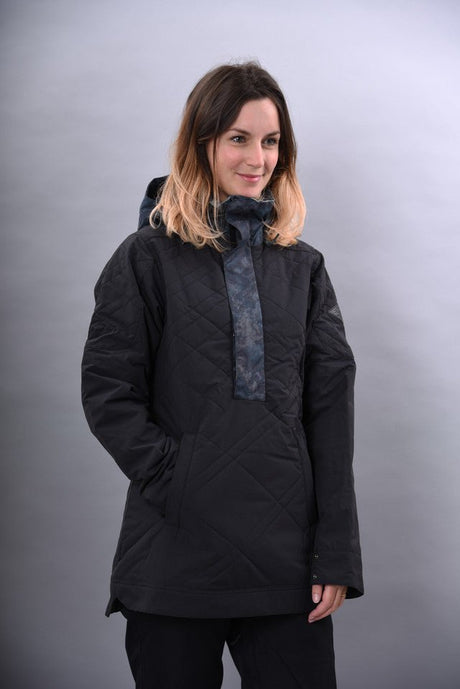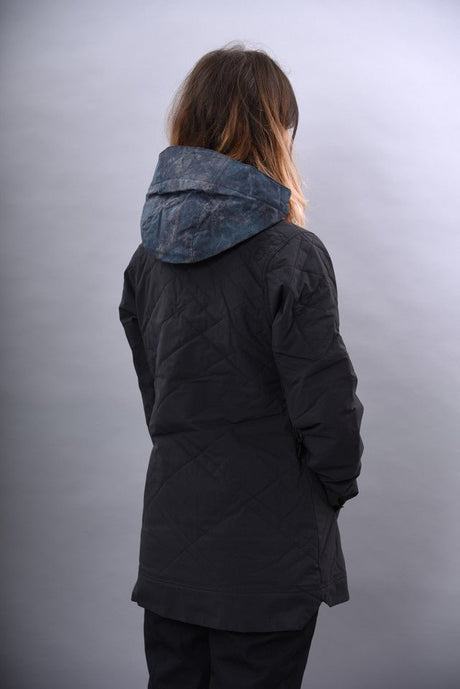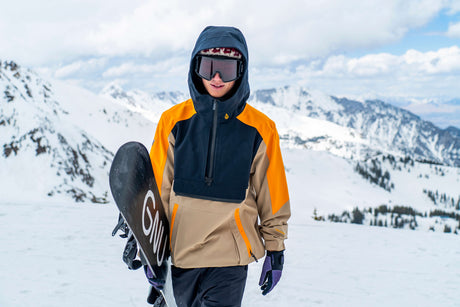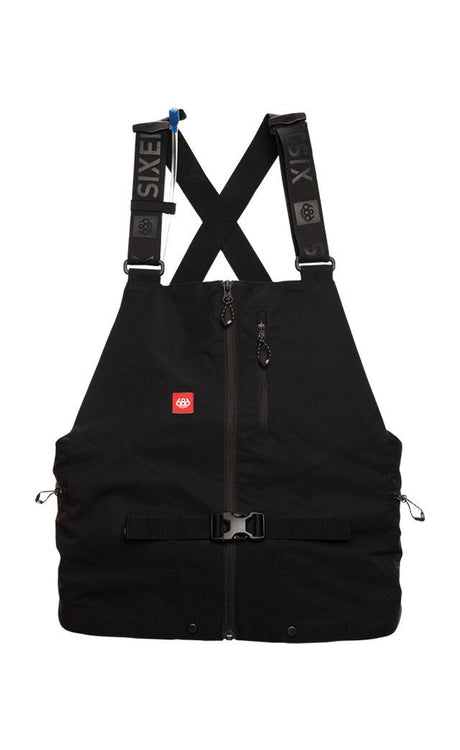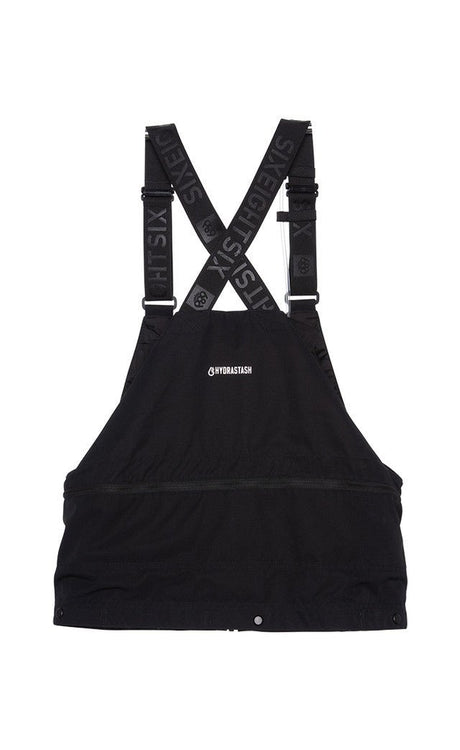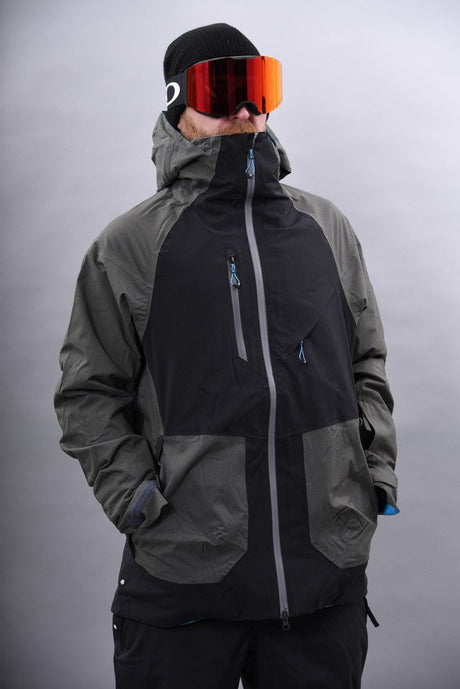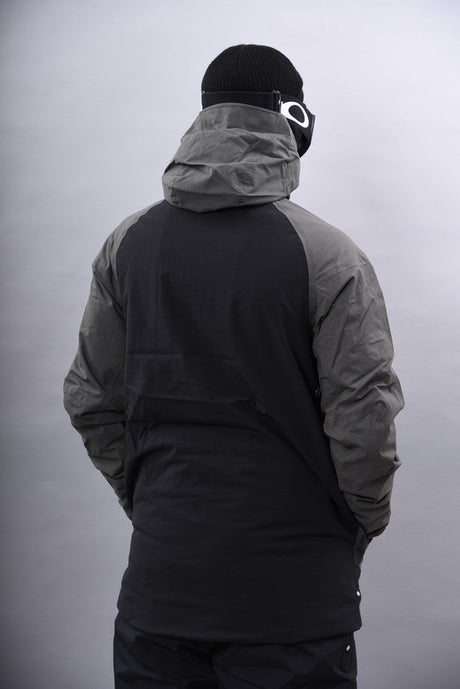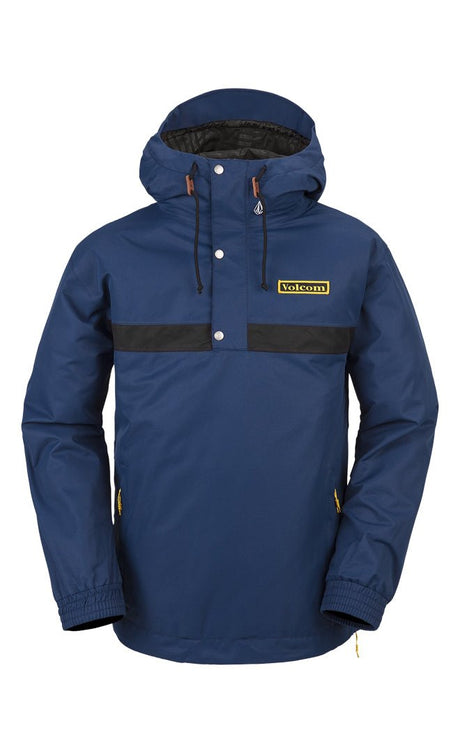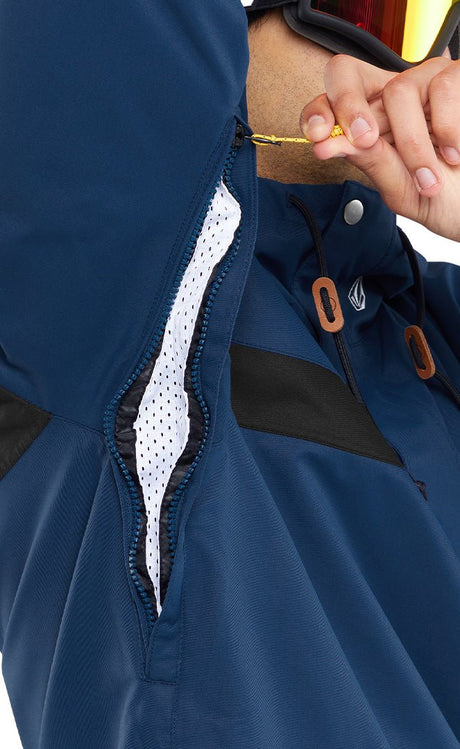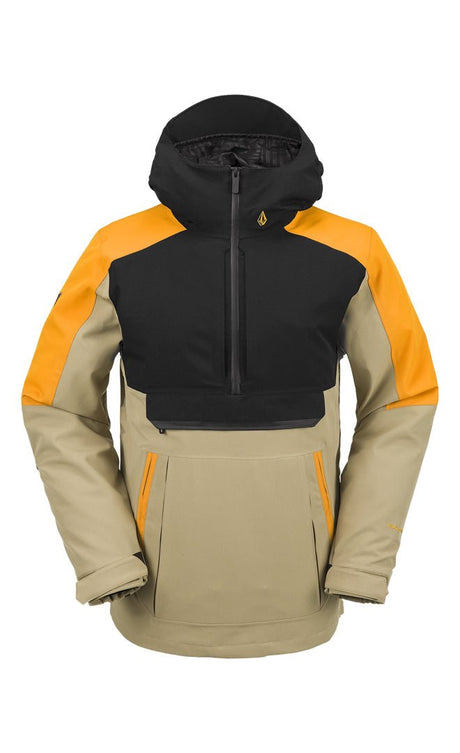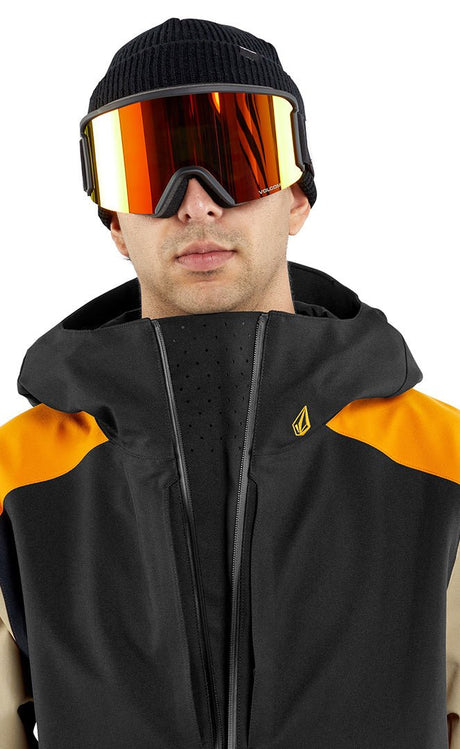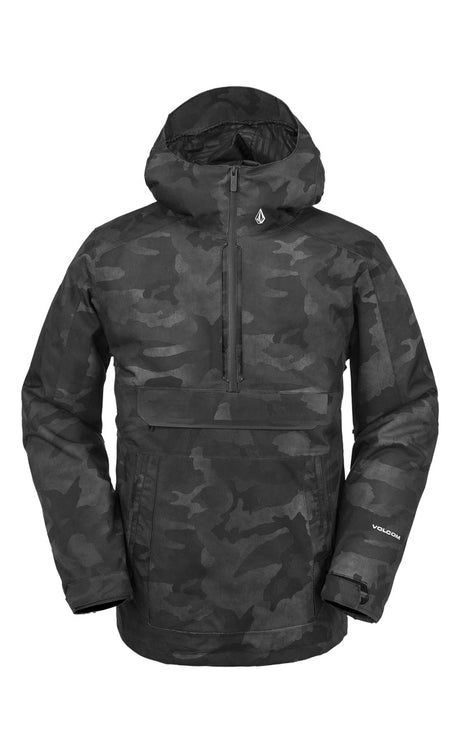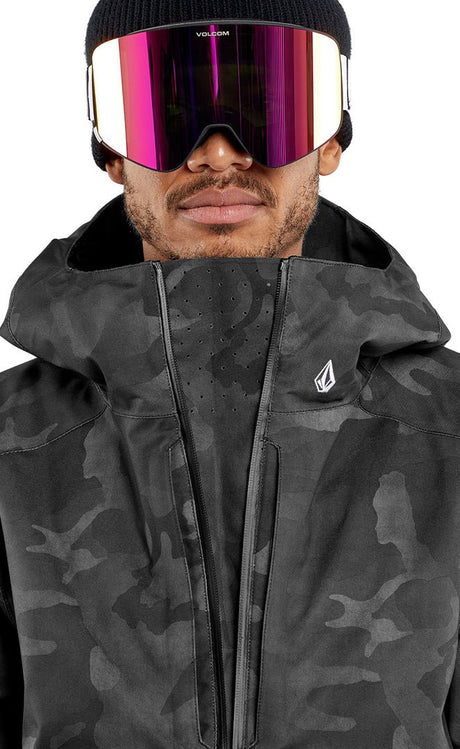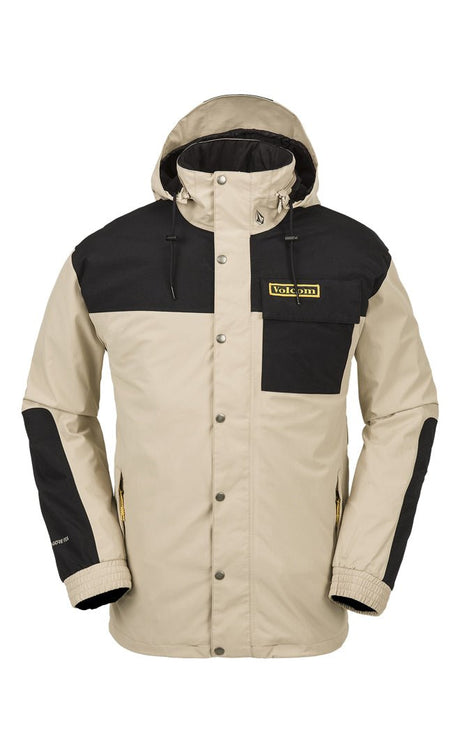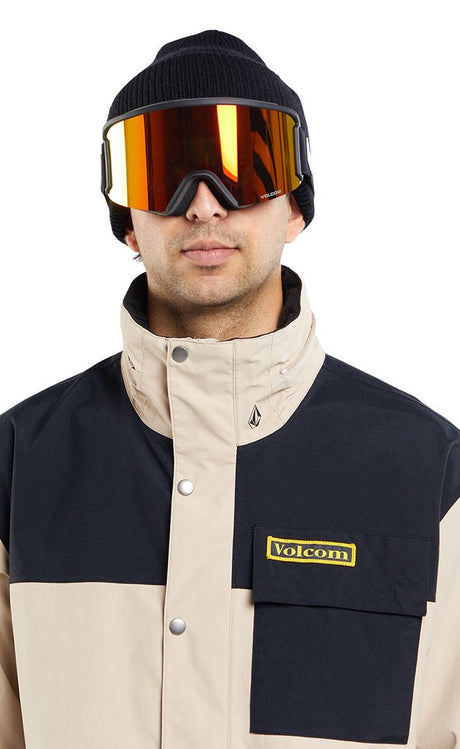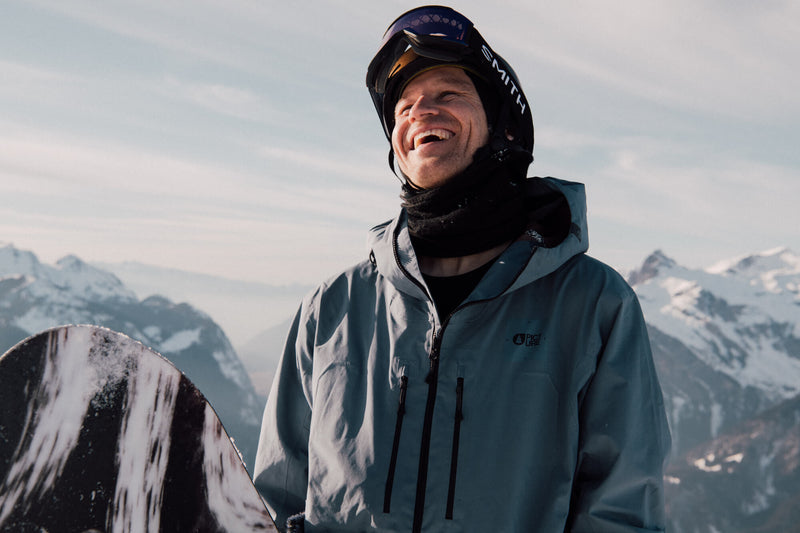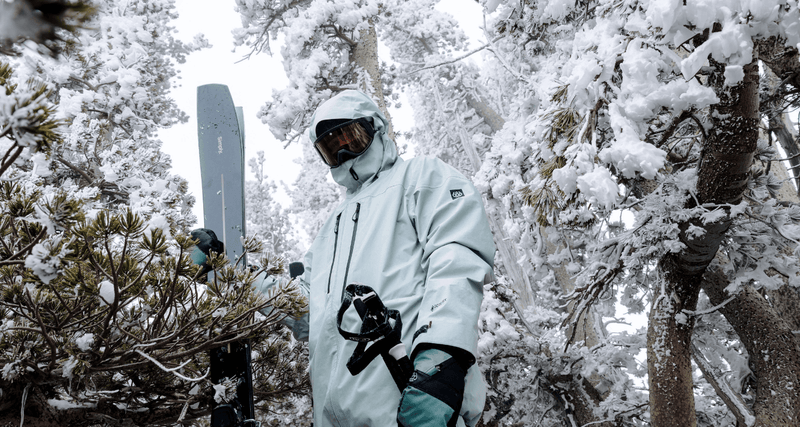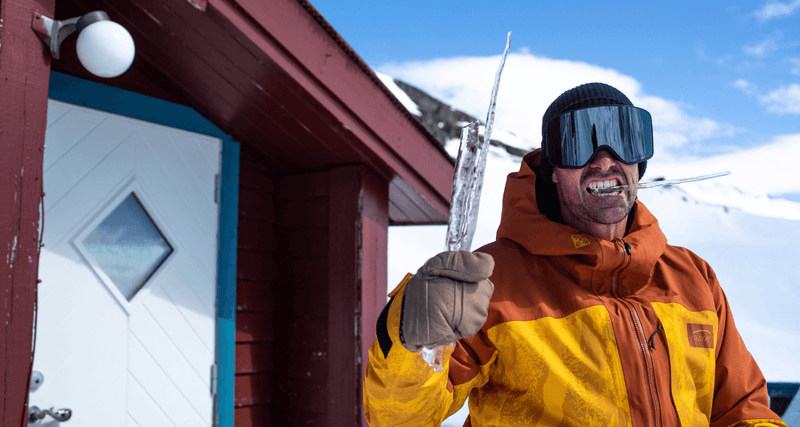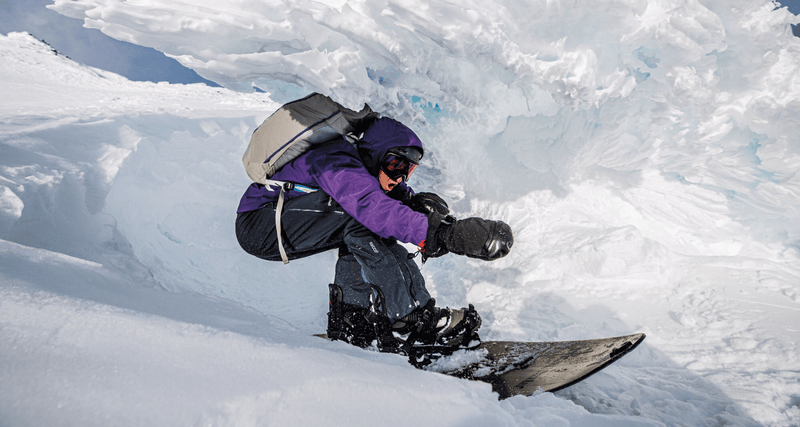

This season at your favorite ski resort promises to be magnificent with fresh snow forecasted, a true Winter, and long powder slopes to race down in the heart of the Alps or the Pyrenees. It's time to take out your brand new ski or snowboard equipment!
Now, the question is which technical clothing and especially which ski/snowboard jacket you will wear this Winter, to keep warm and ride comfortably thanks to a good amount of freedom?
Just like your ski or snowboard gear, ski clothing, especially the jacket, is an important element to fully enjoy the mountain in complete peace thanks to a technical garment that is both waterproof, breathable, insulating and offers great freedom of movement. With a wide range of stocked brands, it can sometimes be tricky to optimize your choice according to your needs and budget, which is why HawaiiSurf offers to guide you in your choice!
What are the different types of ski/snowboard jackets?
The following section will finally make you forget the basic prejudices that say "the thicker a jacket is, the warmer it is" and conversely, "the thinner it is, the less warm it is"! Gone are the days of Jean-Claude Dus in Les Bronzés font du ski wearing stiff and heavy jackets that offer little freedom of movement and with which you always end up feeling cold, no matter the weather conditions...
There are several types of technical jackets, and each will satisfy many skiers depending on their intended use. It is quite important to choose your jacket based on your practice, and there is definitely one tailored for you!
Understanding the concept of the 3 layers
To ensure optimal protection during your ski vacation, it is essential to understand the purpose of the different layers that make up your equipment:

- The sweat-wicking layer: Nothing is more unpleasant than feeling your clothes stick to your skin because of sweat during exercise. The first layer of your outfit must therefore ensure good ventilation to keep you warm and dry
- The thermal layer: Given the weather conditions during your outings, it would be unfortunate not to fully enjoy them due to the cold. That is why it is wise to add an insulating layer (fleece or softshell) to your outfit to retain body heat.
- The protective layer: During descents, it is common to face weather conditions such as wind, rain, or snow. These weather hazards will have no chance against an effective waterproof and windproof protection!
Understanding the Waterproofness and Breathability of Ski/Snowboard Jackets
When it comes to choosing the perfect ski/snowboard jacket, understanding waterproofness and breathability is essential to ensure your comfort and weather protection. These two features play a crucial role:
Impermeability :
- Waterproofing is the ability of a ski jacket to resist water, whether it is snow or rain, by keeping it away from the garment.

- It is measured in Schmerber millimeters, indicating the water height required for the fabric to start letting moisture through. The higher the number, the more waterproof the jacket is. Common levels range from 3,000 mm to 30,000 mm.
- 8,000 mm: Average waterproofing
- > 10,000 mm: Good waterproofing
- > 20,000 mm: Excellent waterproofness
Membranes that offer waterproofing superior to 20,000 mm are especially suitable for snowboarders as well as skiers who are powder enthusiasts seeking committed freeride!
How to ensure the waterproofness of a ski jacket?
- Choose a jacket with a minimum waterproof rating of 10,000mm Schmerber
- Check that the seams and zippers are waterproof, to prevent any moisture, rain, or snow from entering the inside of the garment (thermosealed or taped)
- Choose a quality membrane: Gore-Tex®, infiDRY®, Dryplay
Breathability :
- Breathability measures a jacket's ability to evacuate heat and sweat from the inside to the outside, thus preventing moisture buildup inside.

- It is measured in grams per square meter per 24-hour period (g/m²/24 h). For example, a jacket with a breathability of 10,000 g/m²/24 h means it can expel 10,000 grams of moisture per square meter in 24 hours.
- <10,000 g/m²/24h: Average breathability
- >10,000 g/m²/24h: Good breathability
Some ski/snowboard jackets are equipped with ventilation located under the arms, which you can open or close using a zipper, in order to improve breathability. By opening them, you further promote moisture wicking.
Thermal insulation :
Not all ski jackets necessarily have thermal insulation, as the need for warmth varies depending on the activities and conditions.

- The practice: If you use ski lifts and ski on groomed slopes, it is certain that you will be inactive more often and it will therefore be necessary to have better protection to shield you from the cold. Conversely, if you go off-piste and are a fan of freeride, backcountry, ski touring, or splitboarding, during movements whether downhill or uphill, you will generate body heat that will require only a thin insulating layer
- Altitude: The higher you go, the colder it gets and the windier it will be!
- The season: Temperatures change throughout the season. Whether you ski in December or April, they will not be the same and will not require the same insulation
- The station: Depending on the regions, temperatures can also vary according to altitude and its location
On the other hand, for activities requiring thermal insulation, manufacturers have developed various insulation technologies, using synthetic or natural fibers. These jackets can be more or less padded, ranging from lightly insulated models to extremely warm ski down jackets.
Insulation types differ by their ability to provide heat. Insulation capable of generating a lot of heat with little material will allow maintaining a reduced jacket thickness, which offers greater freedom of movement for skiers and snowboarders. The most efficient insulators therefore have a high heat index and a low fill weight (expressed in grams per square meter).
In our product descriptions, you will find information on the jacket's warmth level as well as its fill weight, when this data is provided to us by the manufacturer. This allows you to choose the ski jacket that best suits your needs and the conditions in which you plan to practice.
Other factors to consider
- Ventilation zippers: Located in the underarm areas and sometimes at the chest level, these ventilation zippers allow fresh air to enter without having to remove your ski jacket. The ventilation is generally designed with mesh that prevents snow from getting inside. A very useful accessory between runs to evacuate sweat if you've just endured a tough passage on a steep couloir...
- Snow skirt: A design element integrated into your jacket, it is an ideal complement that will prevent snow from entering the bottom of the jacket during an unexpected fall. On big freeride days, far from the tourist crowds at resorts, it will prevent snow from accumulating inside. Brands like Volcom, Picture, or 686 offer a removable snow skirt that connects to the pants, replicating the fully sealed style of one-piece suits.
- Pockets : No need to have many pockets, rather think of an ergonomic backpack! However, some jackets offer a perfect design and a number of sturdy and waterproof pockets, designed to store all your essential personal items in case of need (Smartphone, identity papers, energy bars, or even a second screen or ski mask). We recommend two external pockets and one internal pocket for comfortable riding.
- Hood: 95% of ski and snowboard jackets are equipped with hoods, sometimes removable and especially adjustable. In recent seasons, the ergonomics of hoods have been modified to adapt to wearing a ski helmet without any discomfort.
- Wrist & cuff fastenings: You can tighten your sleeves at the wrists on all ski jackets with a Velcro, elastic, or snap buttons. It is essential to properly adjust your wrist fastenings to better put on your gloves, thus minimizing 100% the entry of snow in case of a fall through the hands or moisture entry during whiteout days. There are also "thumb loop cuffs," an additional effective feature to stay even warmer and drier thanks to great elasticity, providing more comfort and optimizing the tightening of your hands in ski gloves or mittens.
- Waterproof closures & zippers : 100% waterproof zippers are essential on your technical jacket. They help prevent moisture and snow from entering through them.
- Cut : The cut style of your technical jacket is not just a fashion effect. Indeed, it also has a great influence on its functionality. Snowboard and freestyle enthusiasts often opt for a loose cut, which allows them to layer several pieces under their jacket. On the other hand, skiers who prefer optimal insulation without too much bulk will favor more fitted cuts. Once again, the choice depends on your practice and the conditions you will face. Whether it is a fitted, standard, or loose cut, the decision is yours!
- Thermal lining: There are natural and synthetic thermal linings. The distinction between a classic ski & snowboard jacket, equipped with a thermal lining, and a hardshell lies in the fact that the latter has only a single waterproof and breathable outer protection. Regarding linings, Primaloft® and E-Loft are reference brands in terms of insulation, warmth, and comfort.
With all that, you have all the necessary information to choose your ski and snowboard jacket!
If you are looking for in-depth advice on choosing the ideal ski or snowboard pants, feel free to check out our comprehensive guide: How to choose ski and snowboard pants. You will find all the necessary information to stay warm, dry, and stylish on the slopes!

